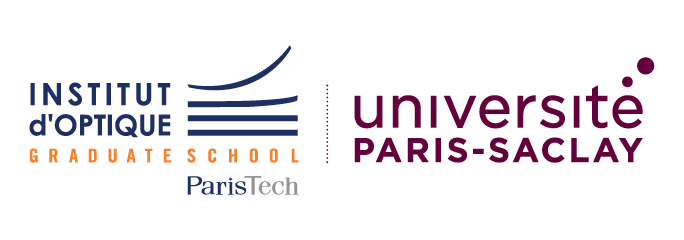Les systèmes d'optique adaptative équipant les télescopes terrestres permettent de compenser les déformations des images induites par la turbulence atmosphérique. Ceci est réalisé grâce à un miroir déformable inséré dans le chemin optique et dont les commandes sont calculées en temps réel grâce à des mesures fournies par un capteur (analyseur de surface d'onde).
Tous les systèmes d’optique adaptative comprennent des composants (caméras, calculateurs temps-réels…) qui induisent des retards dans l’application de la commande : le temps que la commande soit calculée à partir des mesures puis appliquée, les perturbations ont évolué et la correction n’est plus parfaitement adaptée. Une commande à haute performance doit donc en particulier prédire la perturbation pour pouvoir compenser les retards du système.
Tous les systèmes d’optique adaptative comprennent des composants (caméras, calculateurs temps-réels…) qui induisent des retards dans l’application de la commande : le temps que la commande soit calculée à partir des mesures puis appliquée, les perturbations ont évolué et la correction n’est plus parfaitement adaptée. Une commande à haute performance doit donc en particulier prédire la perturbation pour compenser les retards du système.
L’équipe « Optique Adaptative » du Laboratoire Charles Fabry est renommée internationalement pour ses travaux en commande à haute performance des systèmes d’optique adaptative, commandes basées sur des modèles de la perturbation et du système [1,3,4]. L’équipe est en charge de la commande des bas-ordres de l’optique adaptative de l’instrument MICADO qui fera la première lumière du futur extrêmement grand télescope européen de 39 m (Extremely Large Telescope, ELT). Elle est également en charge de la conception d’une commande à haute performance autonome pour l’optique adaptative du Gran Telescopio Canarias [6,7], le plus grand télescope actuel (10,4 m), et est impliquée sur le même thème dans SPHERE+, l’instrument de détection d’exoplanètes futur remplaçant de SPHERE au Very large Telescope (VLT).
Toutes ces réalisations doivent tenir compte du fait que les caractéristiques de la turbulence évoluent dans le temps, et donc les paramètres de ces régulateurs doivent pouvoir s’adapter à cette évolution pour être performants. Idéalement, l’adaptation doit donc se faire de façon autonome, et le régulateur doit ainsi « s’auto-régler » pour que les acquisitions d’images astronomiques puissent être réalisées de façon performante et stable sur des durées longues (de quelques minutes à plusieurs heures).
Le sujet s’inscrit dans le PEPR Origins (Programme et équipements prioritaires de recherche pour comprendre nos origines : de la formation des planètes à la vie), dans la tâche « Unsupervised predictive adaptive optics control. » Cette tâche a pour ambition l'étude de commandes autonomes pour des systèmes à très grands nombres de degrés de liberté. La personne recrutée bénéficiera également des apports et opportunités des autres projets dans lesquels l’équipe est impliquée.

